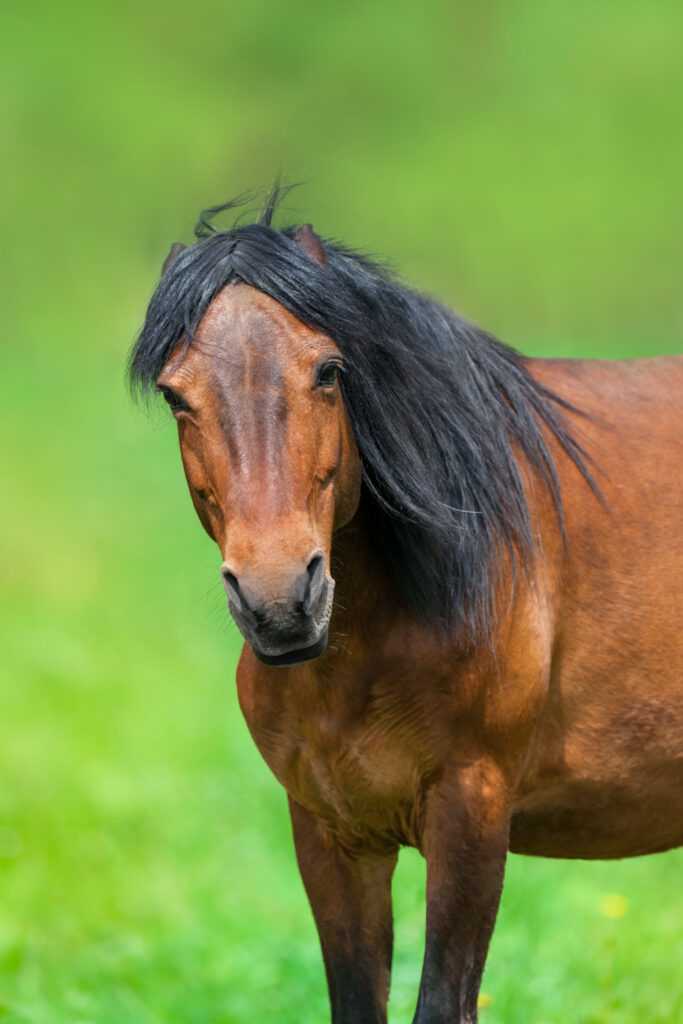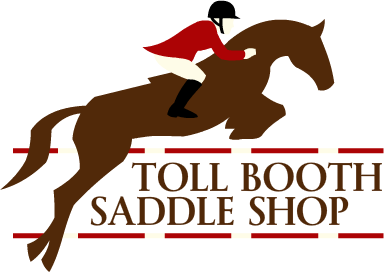
Horses, magnificent creatures that they are, have a language all their own. While they may not speak in words, their gestures and expressions convey a wealth of information about their emotions and state of mind. For any horse enthusiast, unraveling the meaning behind these equine gestures is akin to deciphering a silent yet eloquent language. In this blog post, let’s explore the subtle cues that horses give through tail swishing, ear positioning, facial expressions, and posture, offering a glimpse into the world of their emotions.
Tail Swishing:
Ever noticed your horse swishing its tail? It’s not just a random movement; it’s a form of communication. A gently swishing tail often signifies contentment, especially when a horse is grazing peacefully in the pasture. However, a rapid or aggressive tail swish can indicate irritation, annoyance, or even pain. Understanding the context, such as the horse’s surroundings or recent activities, can help interpret this gesture accurately.
Ear Positioning:
Horses are incredibly expressive through their ears. When ears are perked forward, your horse is curious and attentive, perhaps interested in something in its environment. On the contrary, ears pinned flat back against the head indicate aggression, anger, or fear. It’s crucial to observe the horse’s overall body language to interpret ear positioning correctly, as it often complements other gestures.
Facial Expressions:
A horse’s face is a canvas of emotions. Soft eyes and relaxed facial muscles reflect contentment and trust. Wide-open eyes might signal excitement or fear, while a tense facial expression indicates stress or discomfort. Horses are masters of using their eyes to communicate; a knowing look can establish a deep connection between you and your equine companion.
Posture and Body Language:
A horse’s posture speaks volumes about its emotional state. A relaxed horse stands with a lowered head, indicating calmness and contentment. On the other hand, a tense, rigid stance suggests anxiety or fear. When a horse shifts its weight from one foot to another or constantly paws the ground, it might be feeling restless or impatient. Understanding these postural cues helps you gauge your horse’s comfort level and respond appropriately.
In essence, decoding the language of equine gestures is about being attentive, patient, and empathetic. By observing these subtle cues, you can forge a stronger bond with your horse, addressing its needs and concerns effectively. Remember, every swish of the tail, every flick of the ear, and every facial expression tells a story. As horse enthusiasts, it’s our privilege to listen and respond to this silent language, ensuring our equine friends live happy, comfortable lives. Happy riding!
To shop for your horse – Click here


Recent Comments